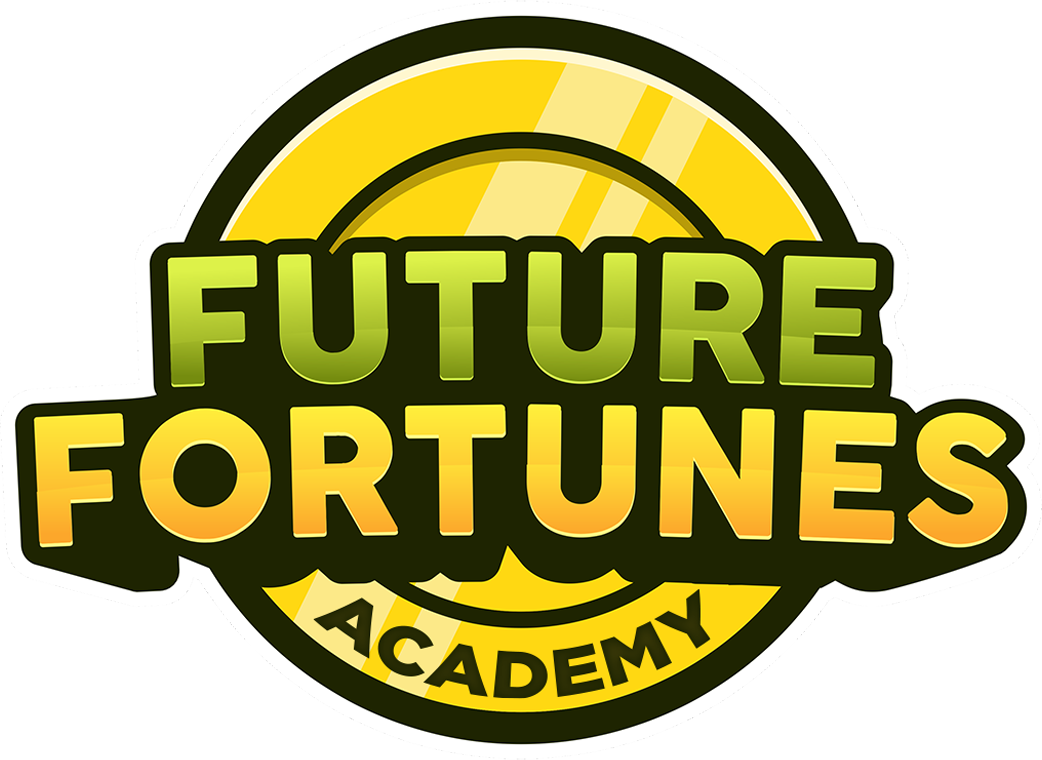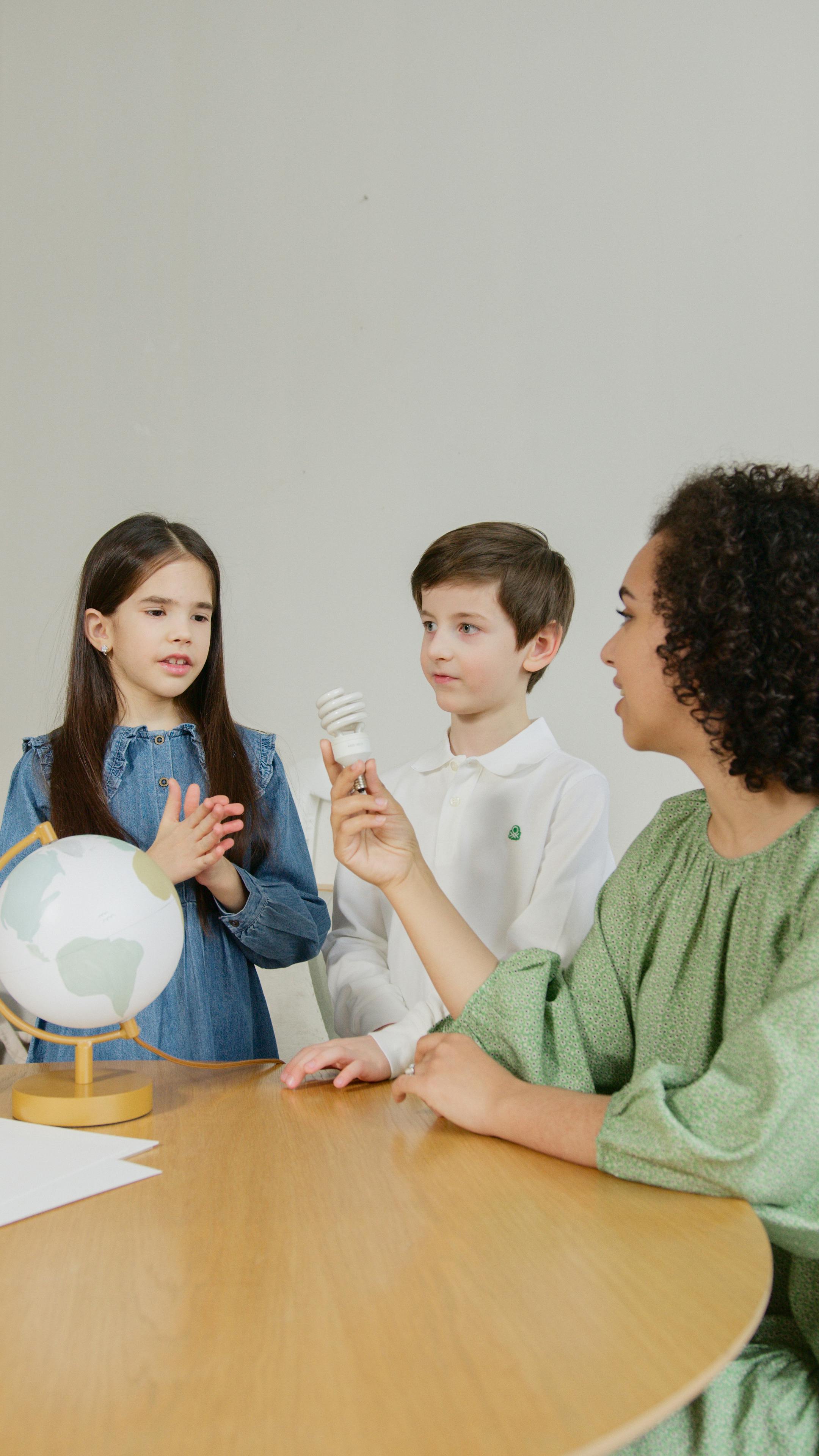Why Understanding Utility Costs Matters
For many kids, everyday conveniences feel like magic: flip a switch and the room brightens, click a button and Wi-Fi connects, turn a handle and steaming hot water flows. It’s easy to forget that behind every convenience lies a hidden cost - electricity, water, internet infrastructure, and ongoing maintenance.
Helping children understand that these comforts aren’t free is about more than cutting costs - it’s about teaching financial literacy. By teaching kids about money at home, you show them that comfort comes with a price tag, encouraging gratitude and respect for the resources they often take for granted.
Why Kids Need to See the True Cost of Convenience
Children naturally live in the moment. They rarely think about where resources come from, let alone how they’re paid for. But when they start to connect their habits to the family’s budget, big shifts happen:
-
They see cause and effect. Turning off unused lights or cutting shower time directly impacts energy and water bills.
-
They learn respect. Recognizing the effort and money behind utilities teaches gratitude for what parents provide.
-
They develop financial awareness. Kids start to see that money isn’t endless - it must be managed, budgeted, and prioritized.
In other words, understanding energy costs for kids builds awareness of both money and sustainability. You can expand this lesson further with our article on The Price of Fun: Understanding the Cost of Entertainment— another way to help kids connect everyday choices with hidden costs.
Teaching the Connection Between Use and Cost
The best way to teach children financial responsibility is through real-world examples:
-
Lights: “If we leave all the lights on all day, our electricity bill goes up.”
-
Internet & devices: “Streaming extra shows or gaming late into the night uses more energy - and we pay for it.”
-
Water: “Every extra 5 minutes in the shower adds gallons of water to our bill.”
Even small adjustments - setting a timer for showers, unplugging unused devices, or using natural light during the day - become opportunities to talk about resource management. The more specific and relatable the example, the more it will stick.
Activity: Track the Cost of Energy at Home
One of the most effective family financial literacy activities is to track household energy use together. Here’s how:
-
Pick one week to monitor energy use.
-
Choose 2–3 items to track, such as lights, TV time, or shower length.
-
Estimate the costs using average utility rates (many providers share calculators online).
-
Brainstorm solutions together. Kids can suggest ways to reduce usage - like turning off lights, batching screen time, or taking shorter showers.
-
Review the results at the end of the week. Celebrate the savings and highlight how small changes made a measurable difference.
This activity turns abstract bills into something tangible. Explaining utility bills for kids in this way helps them connect actions to money, showing that their everyday decisions really do matter.
The Bigger Picture: Responsibility Through Everyday Habits
At its core, teaching kids about energy costs isn’t about nagging them to turn off lights - it’s about instilling responsibility. When children understand the value behind everyday conveniences, they:
-
Learn mindful spending habits that carry into adulthood.
-
Develop respect for resources like water, electricity, and internet access.
-
Gain decision-making skills that balance comfort with cost.
By connecting daily habits to financial awareness, you equip kids with tools that go far beyond the home. They learn that energy has a price, convenience has a cost, and mindful choices make a real difference.
The takeaway: Empowering kids with these lessons today helps them grow into adults who are not only financially responsible but also resourceful, environmentally conscious, and appreciative of the comforts they enjoy.


Share:
Why Financial Advisors Wish Parents Taught Their Kids More About Money. - By Javed S. Khan
From Screens to Self-Belief. How Money Skills Build Confident Canadian Kids. - By Javed Khan